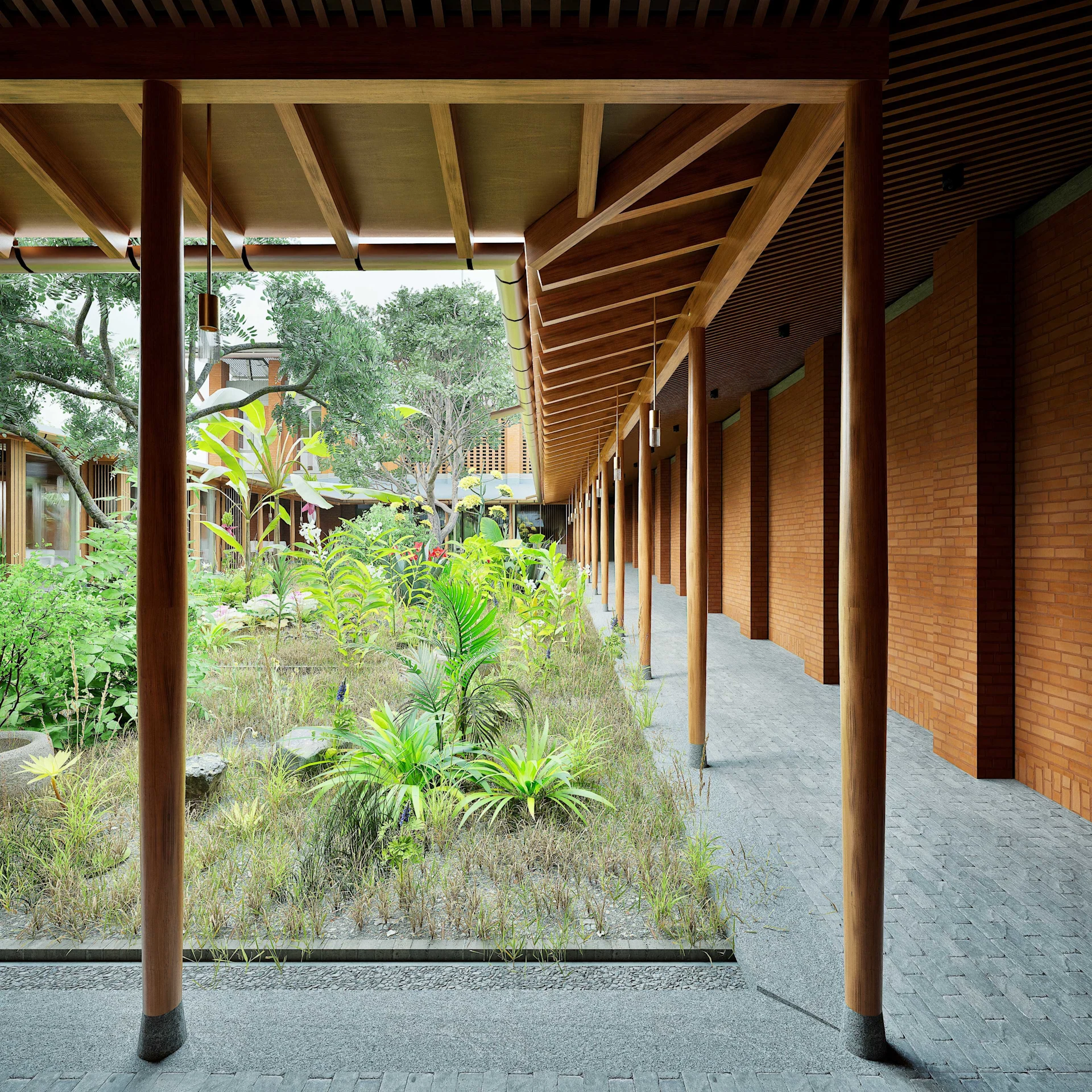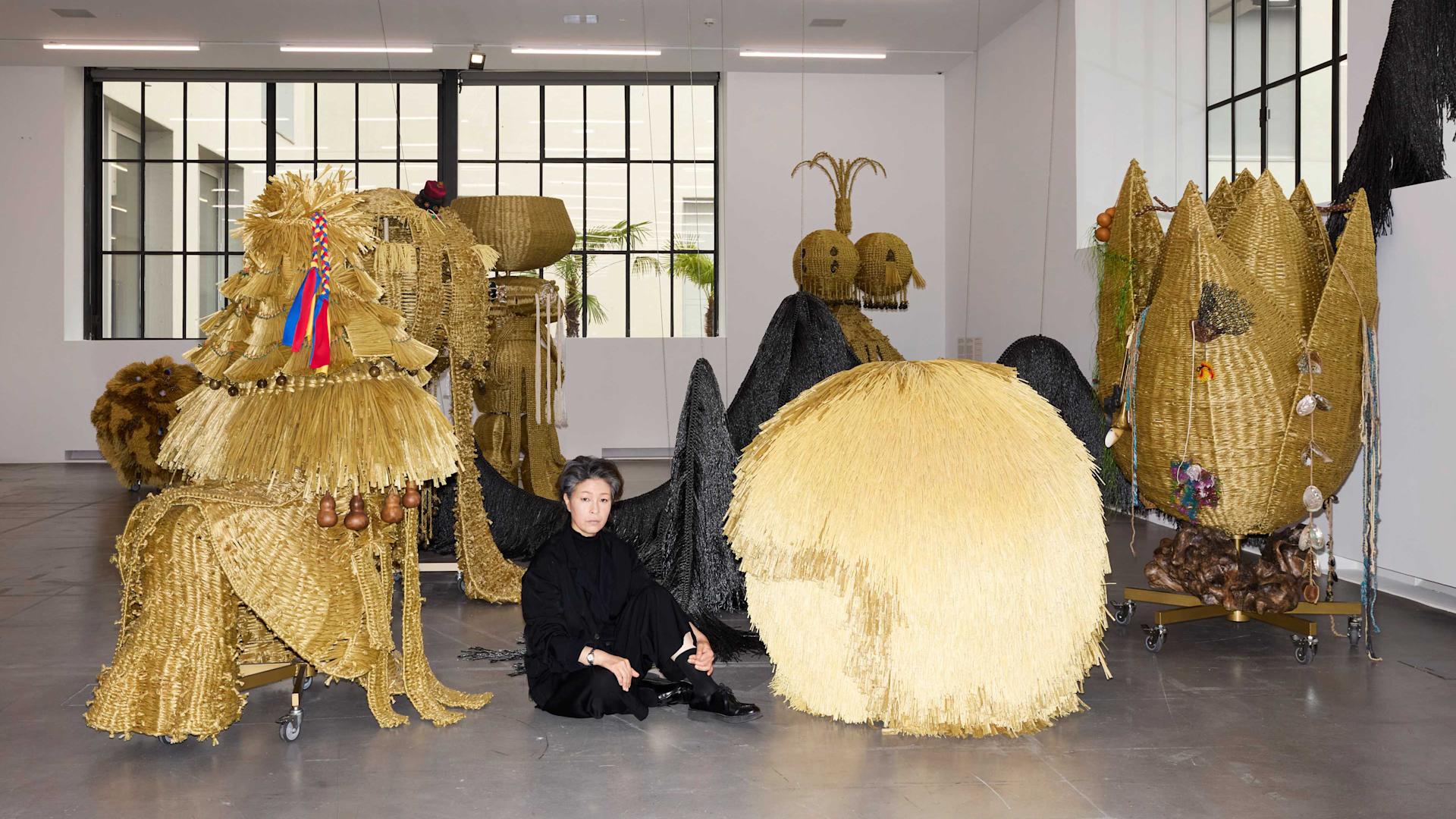
Sustainability
Building a green future
With support from the Migros Pioneer Fund, two companies are showing that eco-friendly construction is feasible.
navigation

Migros Museum
South Korea's Haegue Yang is one of the most influential artists of her generation. Now, her famous sculptures are going on display in Switzerland for the first time ever.
South Korean artist Haegue Yang lives a life in transit. She commutes between studios in Berlin and Seoul, holds a professorship in fine arts in Frankfurt am Main and implements artistic projects all over the world.
This means she is only ever in one place for a few days or weeks at a time. This increases the presence of her art: with solo exhibitions at the Venice Biennale, the Documenta in Kassel, the Museum of Modern Art in New York and the Migros Museum für Gegenwartskunst in Zurich.
Born in Seoul in 1971, Yang is one of the "most celebrated artists of her generation" (New York Times). Yasmin Naderi Afshar, co-director of the Migros Museum für Gegenwartskunst, said: "Haegue Yang builds bridges between geographical regions, times and cultures through her art. In our globalised world where great disparity exists, she sends out a positive message by focusing on elements that unite and bind us. That's why she is such an important voice."
Haegue Yang is renowned for her human-like sculptures made from items found in everyday life – such as clothes dryers, light bulbs and blinds. Things that help people to settle into new surroundings.
I'm trying to convey the state of always being on the move – both mentally and physically.
"We live in a transitory time and are constantly on the move – even mentally," is how Yang describes her perception of the world in the weekly newspaper "Die Zeit". She continues by saying the sense of uncertainty this creates is painful, but thrilling too. "I'm trying to convey the state of always being on the move – both mentally and physically."
She discovered this state early on in life: in the 1980s, her father, a journalist, went to the Middle East as a migrant worker to work in construction, like thousands of South Koreans. Her mother, a teacher, remained in Seoul with Haegue and her brothers. After their divorce, she moved away with the children, became an author and joined the labour movement. This meant home was a fragile place.
Over this period, South Korea experienced huge progress in terms of modernisation– laying the foundation for new forms of artistic expression, such as Korean pop culture. Known as " Hallyu", the Korean wave, K-pop, K-dramas, movies and beauty trends have now become a global phenomenon.
While Yang is not part of this wave, she deals with the fallout of globalisation and the fusion of cultures, which is reflected by the wide range of materials used in her works: mass-produced goods meet traditional craftsmanship, for example, paper collages made from the bark of a mulberry tree.
After studying art in Seoul, Yang relocated to Frankfurt am Main in 1994 to study at the Städelschule, where she has been teaching since 2017. She now speaks excellent German, but only knew a few words in the beginning – she struggled to communicate and to settle into European culture.
There is extraordinary power in feeling like an outsider.
Her career as an artist was slow to take off and she experienced various setbacks. Yet there is an upside to being an outsider – it provided a starting point and became a key element in her work.
"There is extraordinary power in feeling like an outsider," revealed Haegue Yang. "It allows us to feel genuine compassion for others."
Discover exciting stories about all aspects of Migros, our commitment and the people behind it. We also provide practical advice for everyday life.